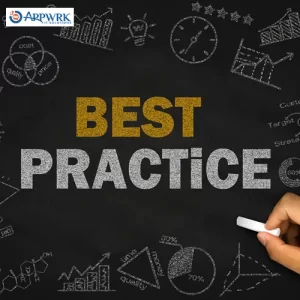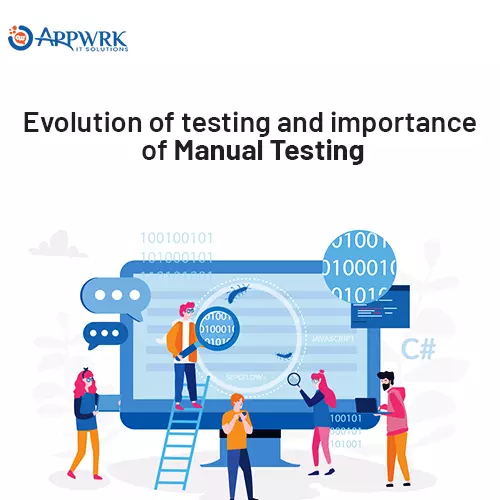6 Best Practices to Reviews the High Quality Code
Introduction
Have you ever thought about your code and wondered if you might have improved it? This blog is written to help you write high-quality code. Before we start, you can read once and understand that there are minor bugs which comply with language criteria in which they have been written and that they are evidence of their success. I mean it when I say “Quality Code”.

- You can read it once and understand
- Has minimum errors
- Follows language standards it’s written in
- Does what you expect it to do and proves it to be successful
Here are six best practices you should embrace:
1. Understand what is being reviewed
You won’t be able to review the line of code positively if you can’t figure out the changes in it. After reading a commit message, if you cannot make out the change to the code, ask for revision of the message. The developers must be told to clearly explain the reasons for the change of code and must be aware of the after effects of the codes. In order to do so, each software solution should be contextualized against the specific business background. Therefore, if a new application is to be developed for procurement management, you should see how it will improve coordination with suppliers, foster better transparency, etc.
2. Check code around 4 key aspects
After understanding the scope of review, you must evaluate the code in four main dimensions. At first, you need to check its functional attributes, i.e. whether it can fulfill the expected task or not? Secondly, is the code in line with the general architecture of the software? Here it is necessary to analyze the importance of the code at first place and whether it can be enhanced by a generalization and other code reuse. In the third step, the programming module should be monitored for syntax, to meet defined standards for formatting, indentation, parsing and whitespace. Finally, you must check the style for easy understanding, compliance with native programming and so on.
3. Leverage automated review tools
While human supervision is required for the first two aspects of the code review process, the remaining ones can be automated using tools that indicate style and formatting issues. Doing so will release your precious time and it will allow you to brainstorm on how to make code is error-free, comprehensible and maintainable. You can also develop a systematic method to fix bugs during the review using dedicated coding review tools. You can use the tools to log defects, talk to developers about them and sign in to the revised code.
4. Time-box your reviews
Careful time management is one of the most important principles for effective project execution. One of the researches published in 2018 reveals that a revision of code faster than 500 Lines of Code (LOC) per hour leads to a significant decrease in defect density. Since the human mind cannot process a huge amount of data in a productive manner, so the marathon sessions should be avoided and multiple, lightweight review should take place. Setting aside the specific inspection time slots and limiting the LOCs examined per hour will make your inspections more effective.
5. Define and track metrics
You need to define a series of tangible metrics in order to determine the code review to produce the desired results. For example, the team could agree on metrics such as “reducing the number of support calls” and “the percentage of bugs introduced during development” In each of those metrics, you need to assign quantitative targets to track and check whether or not the code review exercise becomes more efficient.
6. Adopt checklists
Regardless of how good you are in your code review, you may sometimes forget to validate the code for certain parameters. That’s where checklists can be useful to help you and your colleagues to meet a defined list of criteria. This ensures a coherent code review, while everybody checks the code for errors that are frequently committed.
Conclusion
If the exercise is collaborative, code review will yield the desired results and takes on each stakeholder’s best intentions. Developers and reviewers must work actively together to develop software to fulfill its mandate and to help the company achieve its corporate goals. The use of robust processes, checklists, intelligent time management, and automation can help you get a competitive edge.
About author
Whether you are planning a start-up or want to enhance your existing business, APPWRK is a one-stop solution to satisfy your goals and expectations. We have action-oriented experience in UI/UX, Mobile, and Web App development. Also, you can knock on our door for Quality Assurance and Digital Marketing services.
Book A Consultation Now!

















































